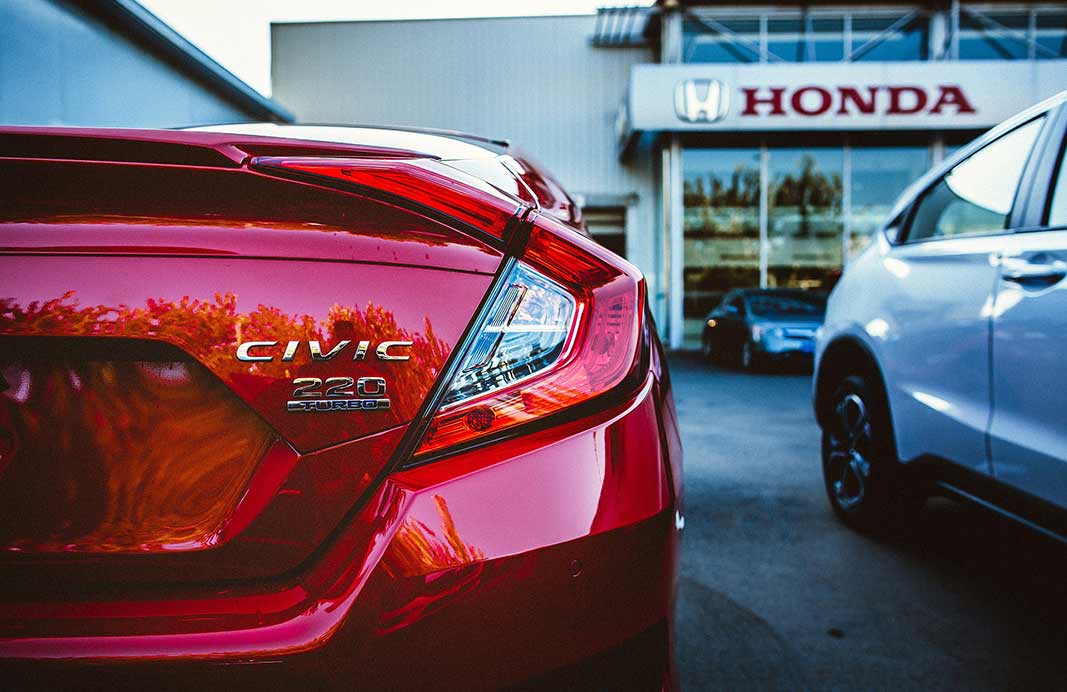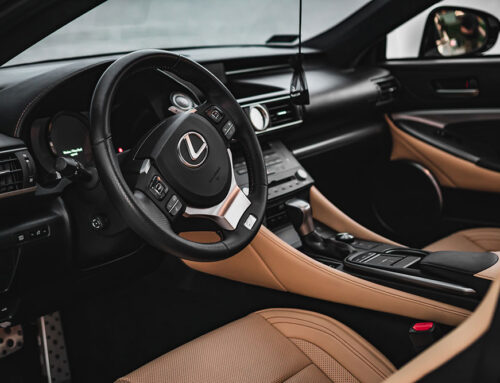You’ve enjoyed the ease and convenience of leasing a vehicle. Like all good things, your lease will eventually come to an end. If you’ve never leased an automobile before, be aware of the options available so that you can decide how best to proceed.
Generally, you’ll be reminded about three months before your vehicle lease concludes. The Lessor contacts the Lessee so that an inspection and return date can be set. This allows you enough time to ready your car for return or makes other plans for the future.
Prepare the vehicle
The vehicle interior and exterior will be thoroughly inspected. Check the glove compartment, seats, roof rack, and trunk. Any and all personal items should be removed before presenting your car.
When turning in your vehicle, you will be asked to return it with all its original automotive accessories. This includes one or more sets of keys, spare tires, floor mats, cargo, and car storage covers. If your vehicle is a van or SUV that had a removable row of seats, these must be returned as well.
Taking your vehicle to a dependable car wash is always advisable, even if you can’t afford to have a professional detailer make the vehicle look like new. Take note, if your exterior has shallow surface scratches a professional detailer can even these out or remove them from sight.
Inspectors typically look for:
- Interior: Tears, fading, and stains that can not be removed during cleaning.
- Exterior: Damage, dents, and deep scratches to the vehicle’s paint job.
- Wheels and bumpers that appear to have been damaged in an accident.
- Tires need to be replaced by extreme road conditions.
For this reason, you may want to have your vehicle pre-inspected. This gives you an idea of what to expect and what improvements to make to your automobile. If you don’t plan on touching up the paint or replacing worn tires, you’ll at least have an idea of what costs will be charged upon the vehicle’s return.
What can I be charged for during the return process?
Any of the above issues beyond what is considered “reasonable wear and tear.” The Lessee will also be charged for excess mileage over what was originally written in the contract. Be aware that both of these fees may be waived if you decide to purchase the vehicle. Fees may be also be negotiated with the dealer if another automobile is to be leased immediately following this vehicle’s return.
What are my options?
- Extend my lease
- Purchase the vehicle at the end of the lease
- Lease another car upon return of your current vehicle
- Return your vehicle and conclude your contract
Extension
This may be the perfect decision for you if you are not quite ready to return your vehicle, wish to make necessary repairs, or need more time to decide its fate. The Lessor can arrange an extension of your lease for several months as agreed upon. Keep in mind, however, that you will be responsible for renewing your car registration and insurance even if for a short period of time.
Purchase
If you were going to buy a pre-owned vehicle from a dealership or private owner, this takes all the worry away from your purchase. The Lessor will gladly sit down with you and make an offer so that this automobile is yours permanently. It is an excellent idea to research the current resale value of the automobile so that you’ll know what to expect the price to be. Just remember that the years of payments on your lease are not necessarily going to be applied to the cost of the vehicle.
Lease again
You have the option of returning your leased vehicle and leasing another one. This allows you to always drive a new or nearly new car. If you’ve wanted to try another type of automobiles like a sports car, luxury sedan, or SUV, there’s surely something of interest at the dealership for you to try. If you found the article How To Return A Car At The End Of A Lease useful please check out our blog posts for more.
Ready for a new auto lease?
Check out our lease specials and how it works page to get you started on the road with a brand new car.





